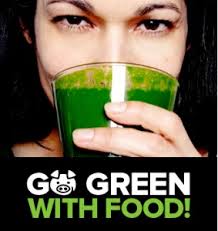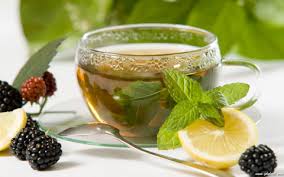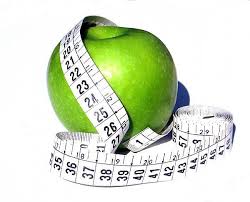Nowadays, almost everything that we eat is processed in some kind of factory or the other. Nothing that we consume is natural anymore. All the nutrients that are available in the natural food are lost and what we finally consume as the end product is but a shadow of what the original was. Without exception, the people of all developed countries are getting obese these days. This translates into saying that, if people do not have to slog for their food, they get obese. There are chemicals in everything that we eat today. One conspiratorial school of thought says that even milk, which most people think to be the safest product to consume, is not safe. The argument is that milk is actually produced by cows for their calves to get stronger and gain enough fat and mass to be able to support themselves on their feet. Thus, though cows’ milk has proteins and other vital nutrients that are required for its offspring, the main ingredients in cows’ milk are fat, carbohydrates and sugar. That doesn’t sound quite as healthy as you thought it would be does it? Moreover, processing techniques remove most of the goodness in the milk and a large number of chemicals that transform the milk in such a manner that it barely passes as edible.
In addition, all the processed food are made in factories that consume humongous quantities of power, and space and cause untold degradation to the environment. Thus the benefits of eating natural foods is manifold. On one level, it helps us to stay fit, while on another, it helps the environment in the sense that much of the pollution that is caused by the food processing factories can be avoided.
So the first thing to do in eating green is to eat lots and lots of vegetables – both raw and cooked. Vegetables generally have a very high fiber content and a larger percentage of micronutrients in their composition, given the same amount of calorie, with the highest Aggregate Nutrient Density Index (ANDI) scores. One must have a large bowl of fresh vegetable salad or steamed or lightly cooked vegetable salad per meal at the very least. Instead of the salad being just a food on the side, or being used as a starter, the salad must form the main meal. It is proven that when one consumes more vegetable of this sort, he/ she loses more weight. The logic here is that when it is full of vegetables, there will not be enough room for foods of higher calorific content in the stomach. Also, the fiber content of the vegetables can help in moving the contents of the bowel. The best vegetables for this purpose are leafy green vegetables, namely collard, kale, watercress, mustard, turnip greens, bok choy, and spinach. This batch of vegetables should make up at least half the intake of one’s vegetable content. Though starchy vegetables are generally accepted to be tastier, for weight loss, the intake should be more of non-starchy vegetables which have a higher nutrient density when compared to potatoes or corn which are starchy.
After vegetables, we come to fruits. Fresh fruits should also be eaten in abundance for a weight loss regime. These have a very high nutrient value has well and can be eaten without regard to how many we eat. These too have the advantage of being eaten ad lib, that is, without any preparation whatsoever. The best fruits for weight loss are the berries: strawberry, blueberry, raspberry, etc.
Beans are great food if we want to lose weight too. These have a very high protein content and thus, also help in muscle build up if the weight loss regime is coupled with a decent workout regime. Lentils, adzuki beans, pinto beans, split beans, chickpeas, great northern bean are all excellent choices for weight loss.
Another unlikely group of candidates in the matter of weight loss are nuts and seeds. Sunflower seeds, flax seeds, pumpkin seeds, pistachios, almonds, sesame seeds, pecans, cashews are all great for weight loss. But the disadvantage here is that these are higher in calorie content when compared to the earlier mentioned choices. Thus, these should not be taken as often.
The next choice of foods is whole grains. But once again, the grains are rather high in calorie content along with high fiber content. Thus, eat these grains as a side dish and not the main course.
Finally, refined flour, salt, sugar, added oil, and other additives must be avoided. All of these are unhealthy. They are high in calories while being low in the essential contents like fiber, minerals, phytochemicals, vitamins and anti-oxidants. Consequently, the chances of becoming obese, contracting heart diseases, cancer, diabetes, and a multitude of other such diseases is much higher when these are consumed.
Thus, in a nutshell, what you eat is not always what you put on. Eating large quantities of food while at the same time remaining fit is no classified secret. Just choose what you eat with your mind and not your tongue. Eat healthy, live well.



Leave a Reply